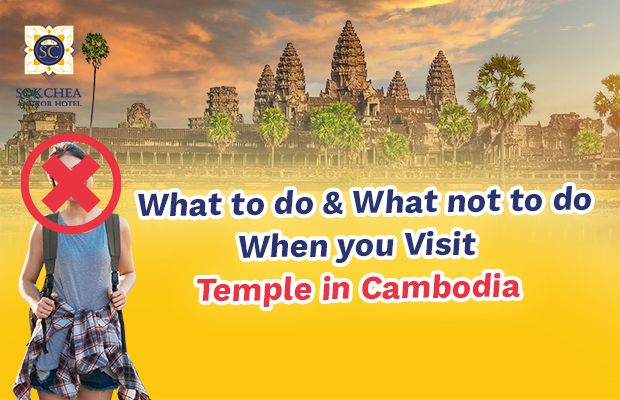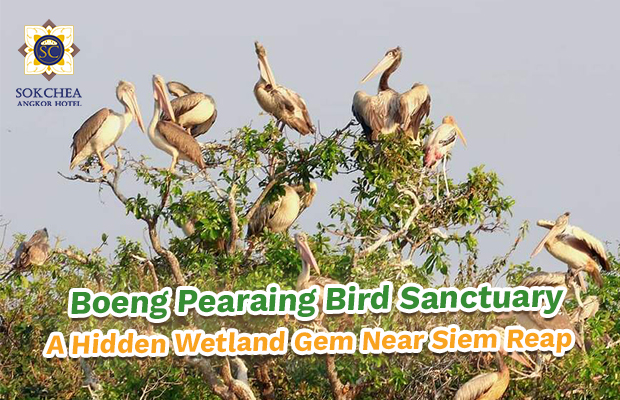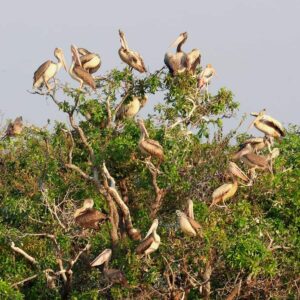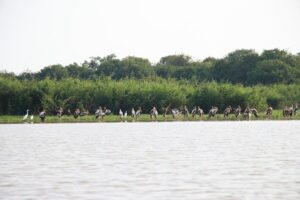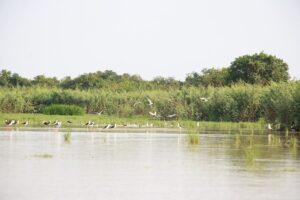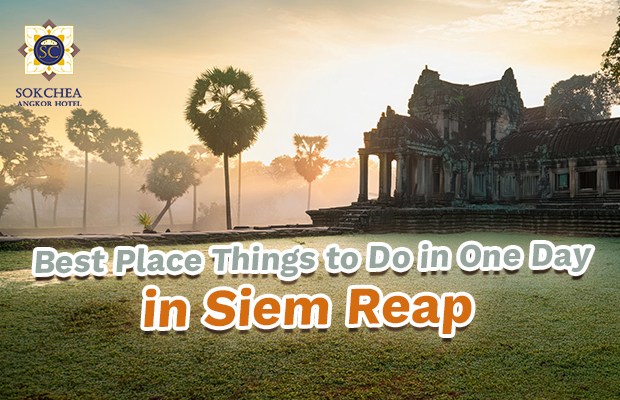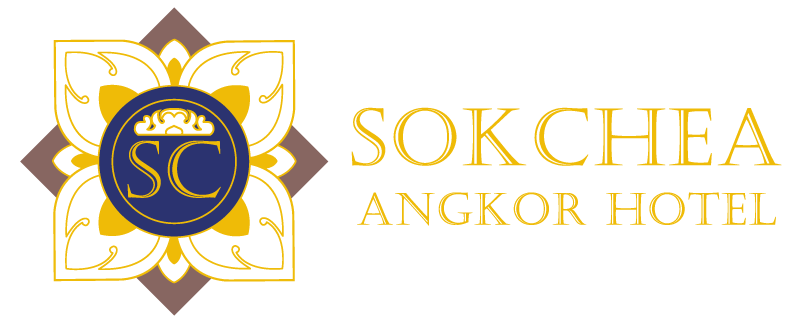Cambodia, renowned for its rich cultural heritage, offers visitors a unique opportunity to explore the traditional art of silk production through its silk farms. These farms provide an immersive experience into one of Cambodia’s most cherished crafts, blending centuries-old techniques with modern sustainability practices. Here’s a comprehensive guide to understanding and visiting silk farms in Cambodia.
The Silk Production Process
1. Cultivation of Mulberry Trees
The journey of Cambodian silk begins with the cultivation of mulberry trees. Mulberry leaves are the primary food source for silkworms, and their quality directly impacts the silk’s texture and sheen. On a silk farm, you will often find lush mulberry plantations, meticulously cared for to ensure the health and productivity of the silkworms.
2. Raising Silkworms
Silkworms, or Bombyx mori, are raised in controlled environments where they are fed a steady diet of mulberry leaves. As they grow, they spin cocoons around themselves using silk threads. This process is crucial as the quality of the silk depends on the health of the silkworms and their diet.
3. Harvesting and Processing Cocoons
Once the silkworms have spun their cocoons, they are carefully harvested. The cocoons are then boiled in water to soften the sericin, a protein that holds the silk threads together. After boiling, the softened cocoons are unwound to extract the long, continuous strands of silk, which are then collected and processed.
4. Spinning and Dyeing
The extracted silk threads are spun into yarn, which can then be dyed using natural or synthetic dyes. Traditional silk farms often use natural dyes derived from plants, roots, and insects to produce vibrant and unique colors. The dyeing process is a meticulous art that ensures the silk’s rich hues and patterns.
5. Weaving and Crafting
Once dyed, the silk yarn is woven into various textiles using traditional handlooms. Cambodian silk weaving is renowned for its intricate patterns and designs, often reflecting cultural motifs and historical influences. Weavers employ age-old techniques to create stunning garments, accessories, and home textiles, showcasing their exceptional skill and artistry.
Why You Should Visit a Silk Farm in Cambodia
1. Cultural and Historical Insight
Visiting a silk farm offers a profound understanding of Cambodia’s textile heritage. The craftsmanship involved in silk production is deeply rooted in Cambodian history, dating back to the Khmer Empire. Experiencing this traditional art form provides valuable insights into the cultural and historical significance of silk in Cambodian society.
2. Educational Experience
Silk farm tours typically include guided visits that explain each step of the silk production process. From mulberry cultivation to the final weaving, these tours offer educational value, revealing the complexity and artistry behind silk production. You’ll learn about traditional techniques, the significance of various patterns, and the historical evolution of silk craftsmanship.
3. Hands-On Participation
Many silk farms offer interactive experiences where visitors can participate in the silk-making process. Whether it’s trying your hand at dyeing, spinning, or weaving, these hands-on activities allow you to engage directly with the craft and gain a deeper appreciation for the skill involved.
4. Support for Local Artisans
Visiting and purchasing from silk farms supports local artisans and helps sustain traditional craftsmanship. Many farms emphasize ethical practices, fair trade, and sustainable methods, contributing positively to the local economy and promoting environmentally friendly practices.
5. Unique Souvenirs
Silk farms often have on-site boutiques where you can purchase high-quality silk products directly from the source. From elegant scarves and intricate textiles to beautiful garments and accessories, these items make for unique and meaningful souvenirs. Purchasing directly from the farm ensures that your contributions benefit the local community and support traditional craftsmanship.
6. Connection with Cambodian Culture
Exploring a silk farm allows you to connect more deeply with Cambodian culture. The artistry of silk weaving and the intricate designs often reflect cultural symbols, mythological themes, and traditional patterns, offering a tangible connection to Cambodia’s artistic and cultural heritage.
A visit to a silk farm in Cambodia is a captivating journey into the country’s rich textile heritage. It offers a unique opportunity to witness the artistry of silk production, gain insights into traditional craftsmanship, and support local artisans. Whether you’re interested in the intricate process of silk making, eager to participate in hands-on activities, or looking for unique souvenirs, exploring a silk farm provides a memorable and enriching experience that connects you with Cambodia’s cultural and artistic legacy.

